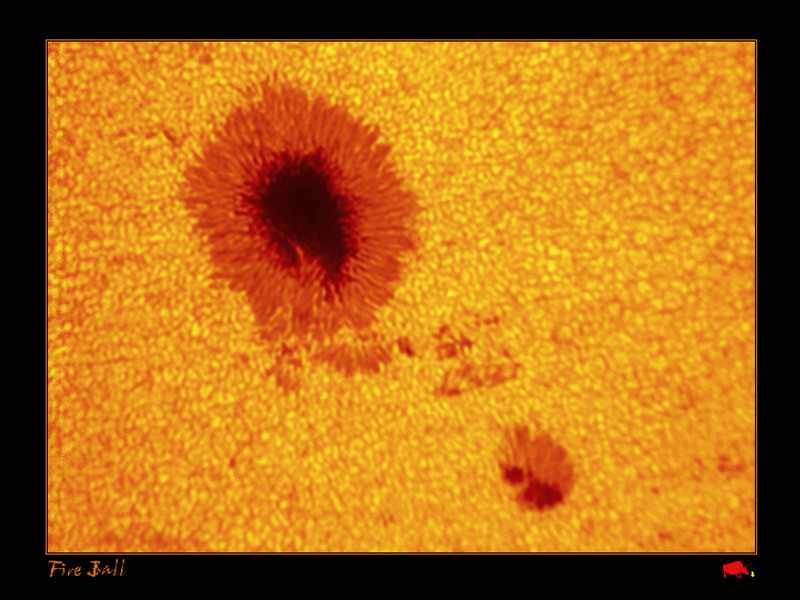Current News
From spaceweather.com, March 30, 2010
Radio-Active Sunspot
March 30, 2010
Sunday in new Mexico, a startling roar issued from the loudspeaker of amateur astronomer Thomas Ashcraft's radio telescope. "It was sunspot 1057," he says. "All day long it had been producing small radio bursts around 21 MHz. Then, at 1813 UT, it let loose a big one. The burst only lasted a minute, but it saturated the radios." Click here to listen.
 Photo credit: Larry Alvarez of Flower Mound, Texas
Photo credit: Larry Alvarez of Flower Mound, Texas
The sounds you just heard were a mix of Type III and Type V radio emissions. They're caused by beams of electrons shooting out of the sunspot into the sun's atmosphere overhead. Not all sunspots produce radio emissions, but AR1057 is definitely "radio-active." "I'll be listening for more bursts in the days ahead," says Ashcraft.
You can, too, using your own radio telescope. NASA's Radio JOVE program will sell you a kit and teach you how to become an amateur radio astronomer all for less than $200.



